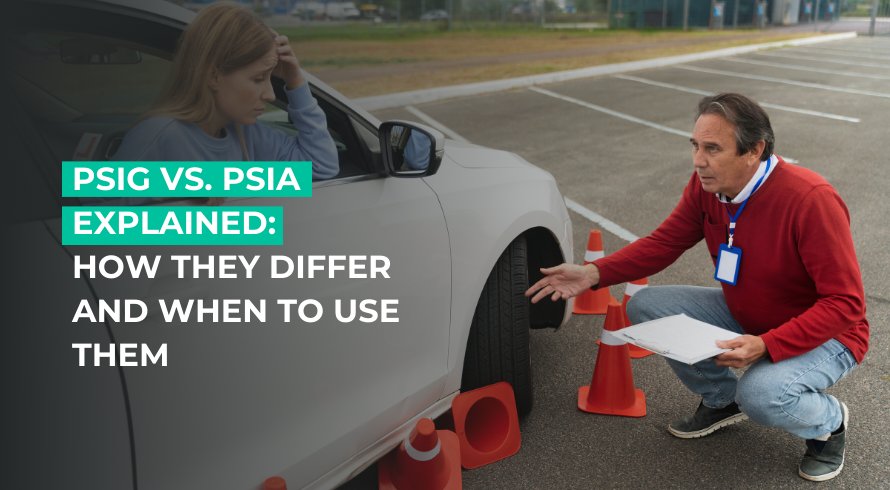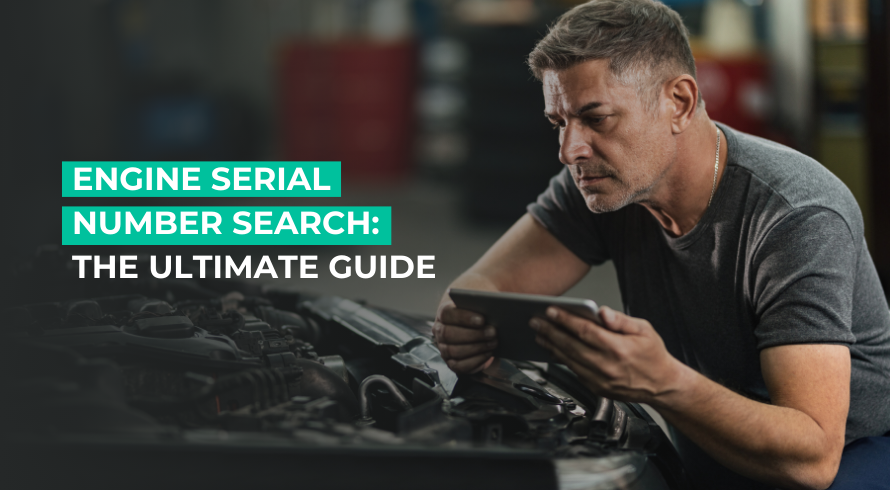A BIT inspection, or Biennial Inspection of Terminals, is a safety-focused evaluation of commercial vehicles. That is required for certain carriers, particularly in California. It ensures that vehicles, such as trucks and buses, are maintained according to state regulations. This helps to prevent accidents and legal penalties.
The inspection is mandatory for fleets every two years and covers critical areas such as brakes, steering systems, tires, and more. For any commercial carrier, these inspections ensure that their vehicles are roadworthy and meet strict safety standards.
What is the difference between BIT inspections and DOT inspections?
Both BIT and DOT (Department of Transportation) inspections aim to ensure vehicle safety. But they differ in scope and application. DOT inspections are federally mandated for all commercial vehicles operating interstate. While BIT inspections are specifically for vehicles operating in California. DOT inspections typically occur annually, covering various mechanical systems. While BIT inspections occur every two years and focus more on California-specific regulations.
The coverage of BIT inspections
BIT inspections cover critical mechanical and safety components. This ensures that the vehicles meet the state’s safety standards. Key areas inspected include:
- Steering systems: Ensures smooth and responsive vehicle control.
- Brakes: Thoroughly checks for wear and tear, functionality, and any leaks in the system.
- Wheels & tires: Inspects for adequate tread depth, inflation, and overall condition to prevent blowouts or accidents.
- Mirrors: Ensures mirrors are properly aligned and in good condition for visibility.
- Windshield wipers: Checks if the wipers function properly. This helps to maintain visibility during adverse weather conditions.
Why is a BIT inspection important?
- Safety
BIT inspections are crucial to maintain the safety of both the driver and other road users. It addresses potential issues before they become serious. BIT inspections help to prevent accidents caused by mechanical failure. - Legal compliance
Staying compliant with state regulations is key for any commercial vehicle operator. To fail a BIT inspection can lead to legal penalties, and increased scrutiny from regulatory bodies. It can also cause interruptions in business operations. - Maintenance practices
Regular BIT inspections help fleet operators identify and resolve mechanical issues early. This can avoid costly repairs and downtime. These inspections also help increase the lifespan of vehicles by ensuring they are properly maintained.
How to prepare before your BIT inspection?
Preparation is essential to passing a BIT inspection smoothly. Here are a few tips:
- Conduct regular pre-trip inspections: Ensure that all critical components, such as brakes, steering, tires, and lights, are in good working order.
- Maintain detailed records: Keep logs of all repairs, maintenance, and previous inspections. These records will help you demonstrate compliance.
- Perform routine maintenance: Regularly service your vehicles to avoid last-minute surprises during the inspection.
FAQs
What is the difference between a BIT and a DOT inspection?
A BIT inspection is required for California-based commercial carriers, while DOT inspections are federally mandated for interstate carriers. BIT inspections occur every two years, while DOT inspections are annual.
How much is a BIT inspection in California?
The cost of a BIT inspection in California can vary depending on the size and type of fleet being inspected. However, costs generally range from $300 to $1,000.



 Demo
Demo







